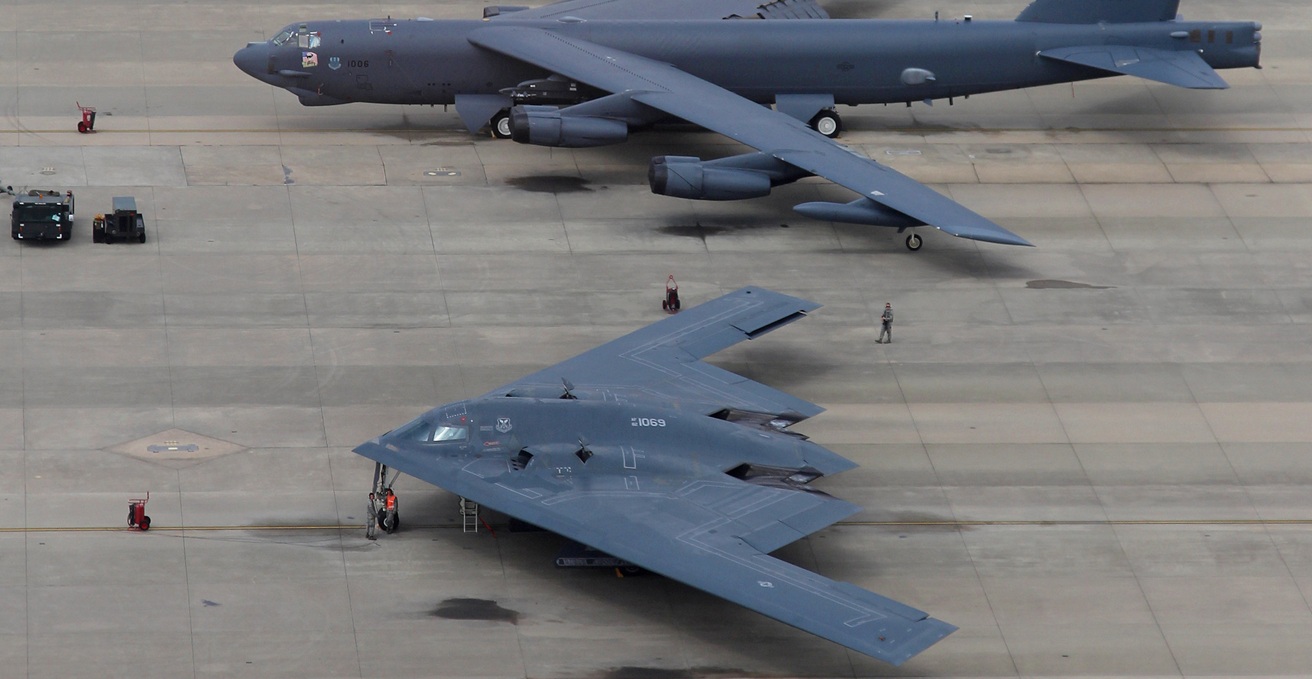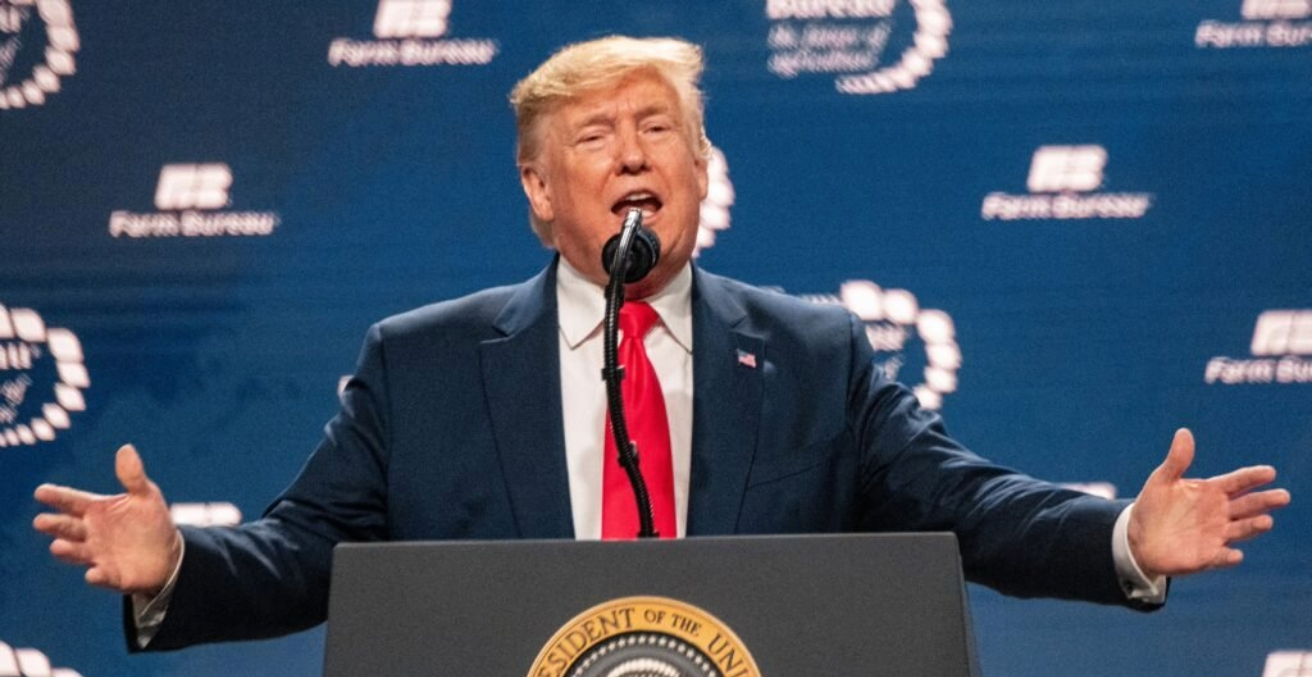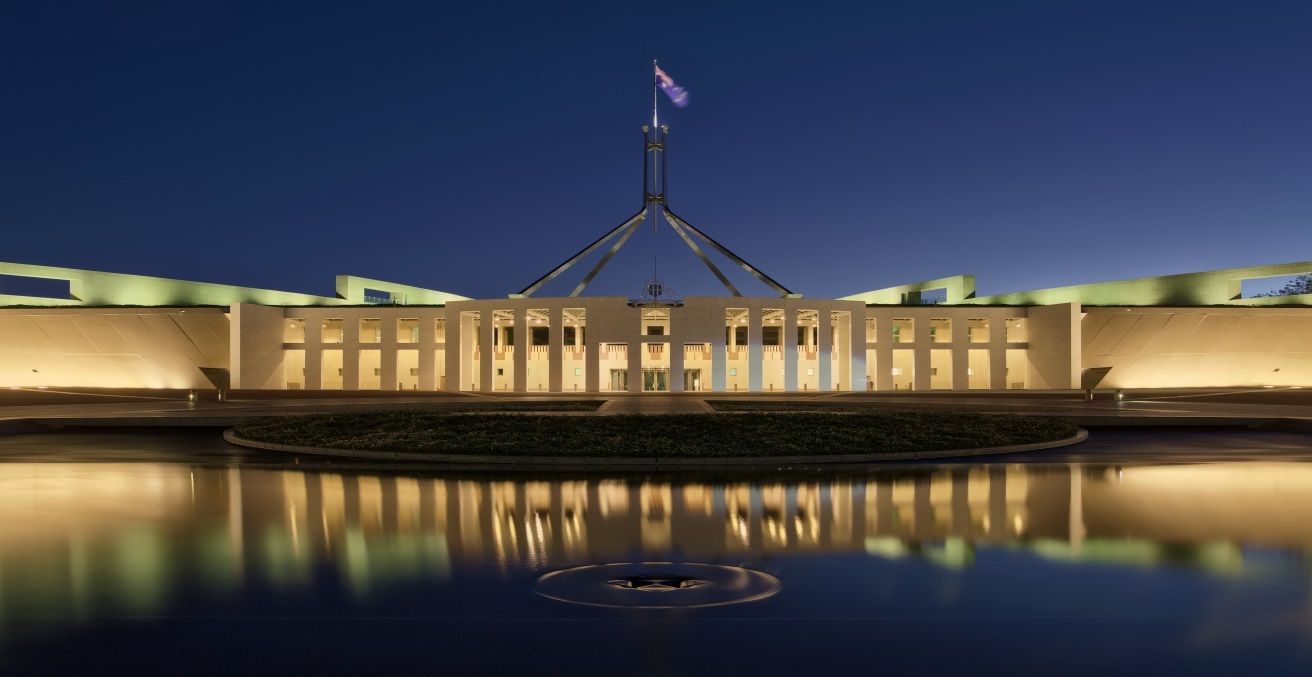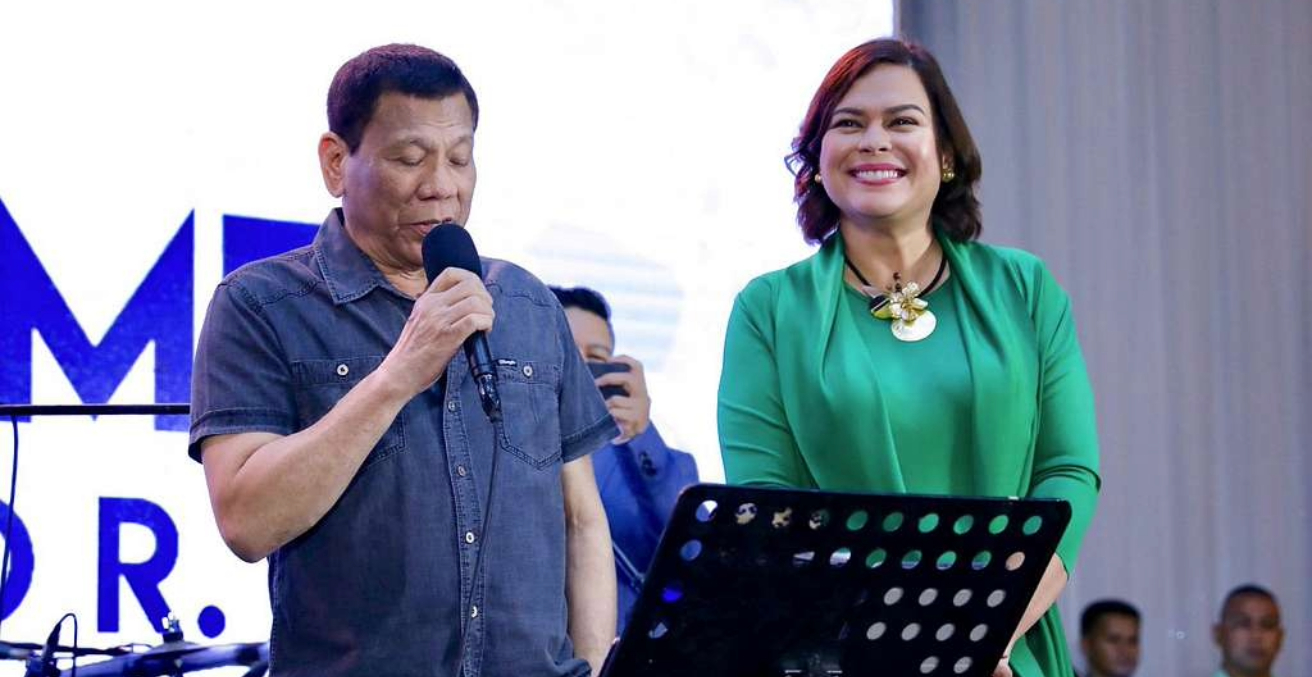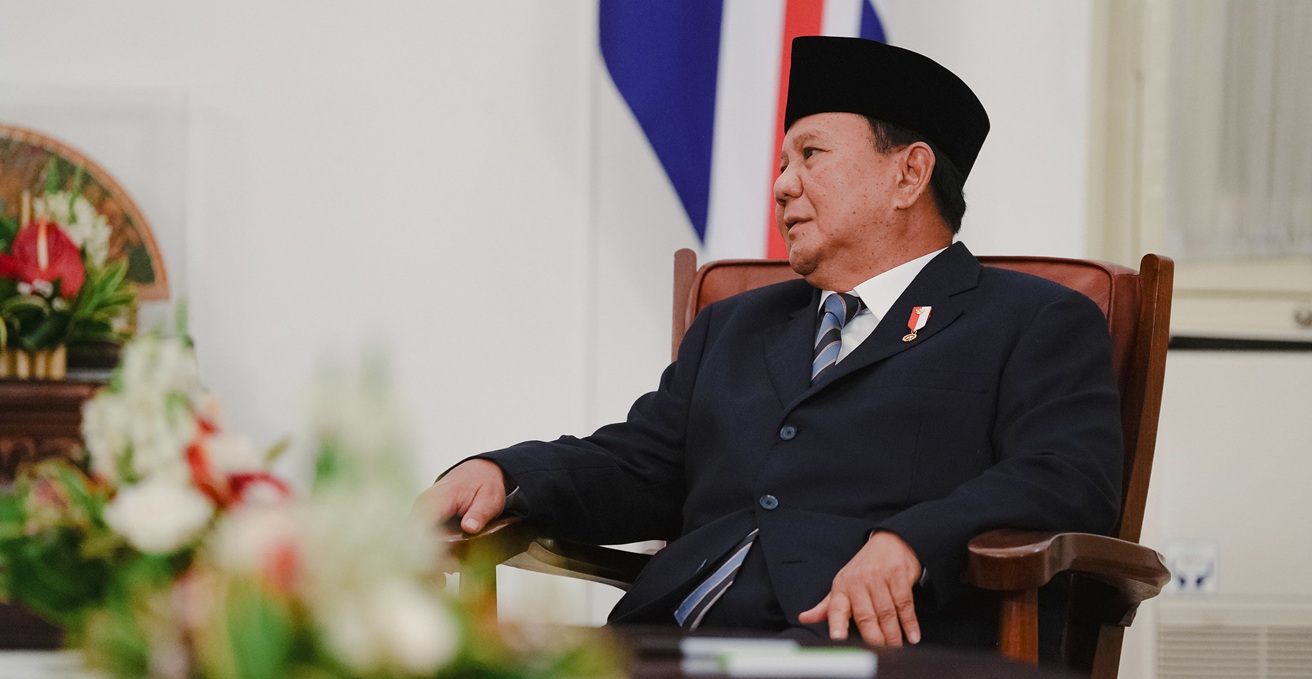The B-2 bomber’s recent success in Iran owes much to the stealth technology pioneered by Indian-born engineer Noshir Gowadia—now serving a 32-year sentence for espionage. Once hailed as the “father of B-2 propulsion,” Gowadia’s extraordinary legacy is overshadowed by the complex tragedy of betrayal, ambition, and forgotten genius.
As the seven B-2 Spirit bombers cruised unnoticed across the skies at 900kmph on their mission to destroy Iran’s nuclear potential, not many will have realised the Indian hand that imbued these 71,700kg American heavy strategic bombers their low-observable stealth technology that helps them evade sophisticated anti-aircraft defences. With a unique flying wing design that minimises its radar cross-section and makes them appear as small birds to radar systems, the capability of the B-2 was on clear show to the world. The 37-hour, 11,200km round-trip from Missouri to Iran and the unleashing of 14 14,000kg GBU-57 Massive Ordnance Penetrators (MOPs) on target sites caught many by surprise.
The Indian hand in its design was none other than Noshir Sheriarji Gowadia. Born in Mumbai, India, in 1944 to Parsi parents, he emigrated in 1963 to the United States from his home in the community’s Tata Colony in Tardeo, south-central Mumbai. It was here that he joined B-2-maker Northrop Grumman as a design engineer five years later.
The naturalised US citizen, who worked with Northrop until 1986, was a principal designer of the B-2, conceiving and conceptually designing its entire propulsion system for which he labelled himself the “father of the technology that protects the B-2 stealth bomber from heat-seeking missiles.” He once had top security clearance and taught university classes in advanced aeronautical principles.
It was ironic that Gowadia’s iconic contribution—one of the most revolutionary military technologies in generations—helped the US decades later to attack Iran. After all, his minuscule but widespread Parsi community considers Iran, now a Shia-majority Islamic Republic, their madar vatan, or ancestral homeland. Their ancient religion of Zoroastriansim was founded in 6th century BCE by Prophet Zarathustra in Persia, as Iran was historically known. Some illustrious Parsis include music conductor Zubin Mehta and rock star Freddie Mercury.
Northrop cherishes its highly automated B-2 Spirit creation—that is operated by a crew of just two—for its unparalleled stealth technology, which enables it to penetrate sophisticated enemy air defences and strike heavily-defended targets undetected. Its stealth capabilities are derived through a combination of its smooth rounded shapes that reduce radar echoes. It hosts a flying-wing design that minimises radar reflection to enemy radar receivers, and radar-absorbent materials and coatings that absorb radar transmissions. Additionally, its weapons do not protrude externally, but are carried conformally within to enhance stealth and reduce drag. Its engine exhaust shielding minimises its infrared signature, making its detection difficult.
“Currently, the B-2 is the only long-range penetrating stealth bomber in the US arsenal protecting our service members, nation and global allies,” the American defence conglomerate Northrop Grumman states. “The unique combination of nuclear and conventional capabilities, along with its stealth, long-range strike, heavy payload and precision weapons makes the B-2 an ultimate deterrent.”
Unfortunately for Gowadia, when he should have been honoured for the mission success of his B-2s, the renowned 81-year-old fell from grace to instead languish behind bars.
Gowadia was married to a woman who was a Parsi like himself and bore him two children, who now live in Los Angeles, before she died of cancer. He remarried and had retired with his second wife Cheryl, an American, in a house overlooking picturesque Uaoa Bay on the North Shore of Maui, in Hawaii, when in 2005 15 armed agents from the FBI and US Air Force arrived to interrogate—and subsequently arrest—him for espionage. In 2010, a Hawaiian court convicted him on 14 of 17 charges, including designing for China a stealth cruise missile.
He was charged with travelling to China between 2003 and 2005 for this purpose, and with being paid $110,000, money that was allegedly used to pay off the mortgage on his luxury home. He was also accused of selling classified information relating to the B-2’s stealth technology to at least eight foreign countries, including to individuals in Germany, Israel, and Switzerland. In 2011, he was sentenced to 32 years in prison, when prosecution had pressed for life imprisonment.
Testifying before the US Senate’s Committee on Judiciary in 2011, then FBI director Robert Mueller said: “Beginning in 1995, Gowadia offered his classified knowledge regarding achieving stealth in military aircraft to foreign nations willing to pay for it. Over the course of 10 years, Gowadia travelled to foreign countries, including six trips to China, to assist in the military application of stealth techniques derived from his work on the B-2 bomber. Such cases illustrate the growing scope of the insider threat from employees who use their legitimate access to steal secrets for the benefit of another company or country.”
In his affidavit, Gowadia had admitted to transmitting classified information, but affirmed he had done so “to establish technological credibility with potential customers for future business.” His defence had argued that he had provided only information that was unclassified and freely available. His son Ashton was quoted as saying, “My father would never ever do anything to intentionally hurt this country.” But the District judge said Gowadia “broke his oath of loyalty” to the US and had been “marketing valuable technology to foreign countries for personal gain”.
An acquaintance of Gowadia’s says it was his second wife whose greed forced him into his misdeeds.
He was imprisoned at the ADX Florence, a supermax federal prison located in Florence, Colorado, which is the only prison that keeps every inmate in near-total solitary confinement. Earlier this year, he was transferred to MCFP Springfield, Missouri, the Medical Center for Federal Prisoners who require specialised medical, mental health, or dental care. His release date is set at 1 February 2032, when he would be 88.
Sarosh Bana is Executive Editor of Business India and Regional Editor, India/Asia-Pacific, of Naval Forces, Germany. He writes extensively on Defence & Security, Strategy, International Relations, Politics, Policy, Cybercrime, Energy, and Environment & Conservation.
This article is published under a Creative Commons License and may be republished with attribution.
